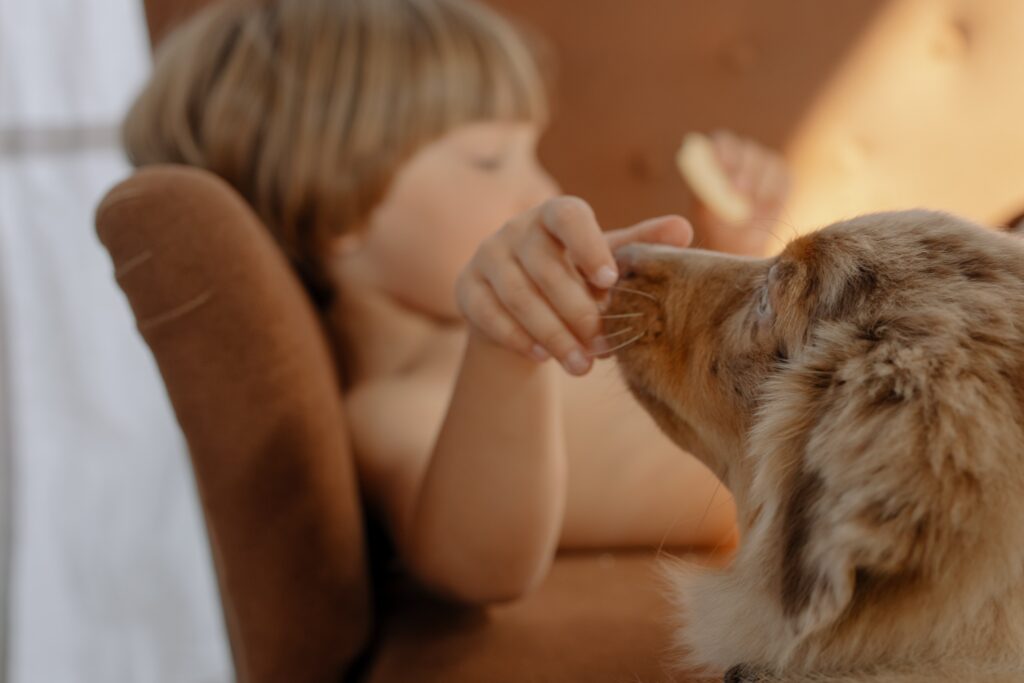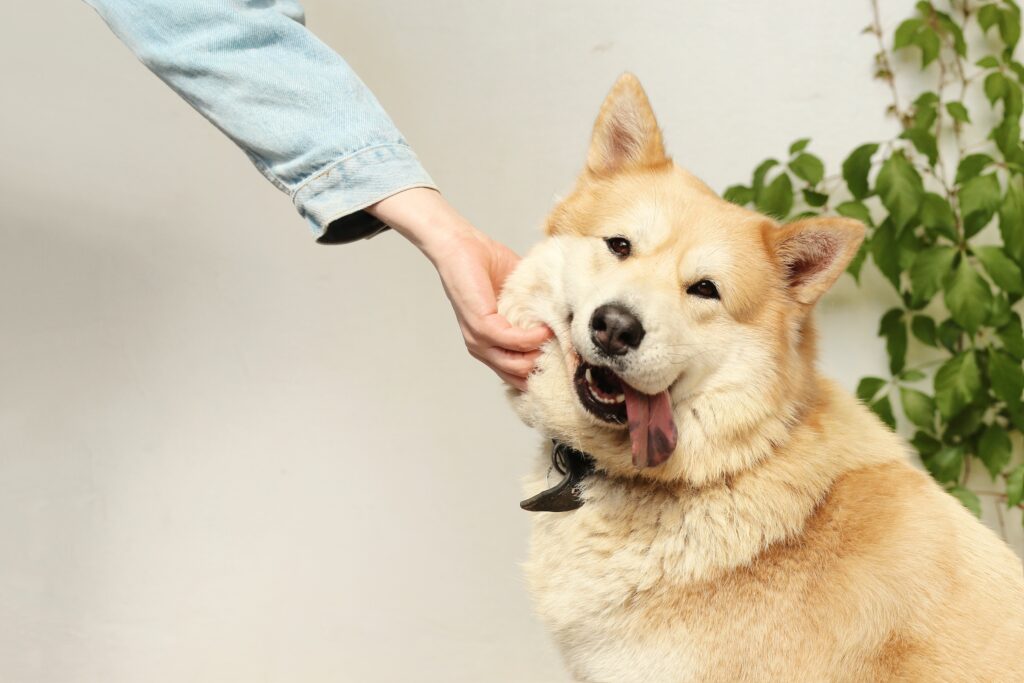The best strategy on How To Get a Dog to Like You: A Careful Helper
Dogs are oftentimes suggested as man’s best friend. Regardless, building serious solid areas for a dog requires something past dealing with and walking them. Expecting you keep up with that your fluffy sidekick ought to love and trust you, it’s basic to grasp their approach to acting and ability to talk with them as a matter of fact. In this article, we’ll look at some tips and techniques for getting a Dog to like you.
Table of Contents:
- Understand a Dog’s Body Language
- Build Trust and Respect
- Be Patient and Consistent
- Use Positive Reinforcement
- Provide Socialization and Exercise
- Avoid Negative Behaviors
- Seek Professional Help if Necessary
- Conclusion
- FAQs
Top 7 best techniques on How To Get a Dog To Like You

Understand a Dog’s Body Language
Dogs communicate in a general sense through non-verbal correspondence, so realizing their signs is fundamental. A couple of signs of a very much arranged and relaxed dog include a wagging tail, relaxed ears, and an open mouth. Of course, a dog who is anxious or sad could give signs like a tucked tail, smoothed ears, and a shut mouth. Understanding a dog’s non-verbal correspondence can help you with checking their disposition and answering appropriately.
Build Trust and Respect
Trust and respect are two essential components of a strong bond with any dog, and the identical is substantial for your relationship with your canine. To create trust, be consistent with your approach to acting and exercises towards your dog. Respect their own space and don’t constrain them into conditions they’re uncomfortable with. Constantly use a calm and elevating energy while speaking with your dog, and avoid discipline or harsh physical corrections.
Be Patient and Consistent
Dogs are unsurprising creatures, and consistency is key to building a relationship with them. Spread out an everyday timetable for dealing with, walking, and break, and stick to it whatever amount as could sensibly be anticipated. Be patient with your dog’s progress, as building trust and a strong bond takes time.
Use Positive Reinforcement
Inspiring Reinforcement is a valuable resource for molding a dog’s approach to acting. Reward your dog with treats, recognition, and love for a good act, and neglect or redirect negative behavior. This will help your dog with understanding what behaviors are appealing and lead to positive outcomes.
Provide Socialization and Exercise
Socialization and exercise are critical for a dog’s physical and mental prosperity, as well as their socialization capacities. Take your dog for walks, play with them, and give them open ways to them to team up with various dogs and people in a secured and controlled environment. This will help them with making intelligent capacities and reduce pressure.
Avoid Negative Behaviors
A couple of approaches to acting can hurt the association between you and your dog, similar to a train, yelling, or genuine cures. Avoid these negative approaches to acting and actually revolve around empowering input and clear correspondence. Review that dog’s answer best to thought, determination, and consistency.
Seek Professional Help if Necessary
If you’re encountering trouble manufacturing a bond with your dog or settling issue behavior, feel free to seek help. A certified dog’s mentor or behaviorist can provide guidance and support to help you build up your relationship with your furry friend.
Conclusion
Building strong bonds with your dog takes time, patience, and effort. By understanding their non-verbal correspondence, building trust and respect, being patient and dependable, using elevating criticism, giving socialization and exercise, avoiding negative behavior, and searching for professional help if needed, you can make a merry and loving relationship with your shaggy friend.
FAQs
How might I let know if my shaggy partner likes me?
A few signs show your dog prioritizes you, for example, swaying their tail, licking your face, cuddling with you, and chasing after you. Furthermore, in the event that your dog appears to be content and loosened up in your presence, it’s a decent sign they like you.
Could I at any point bond with an older dog?
Indeed, it’s never past the time to construct areas of strength with your dog, regardless of whether they’re more older or not. Be that as it may, it might require greater investment and persistence to acquire their trust, particularly assuming they’ve had negative encounters previously.
Is punishment ever appropriate when training a dog?
No, punishment is definitely not a compelling or empathetic method for preparing a dog. All things considered, center around encouraging feedback and diverting negative ways of behaving towards additional positive ones.
What should I do if my dog is aggressive towards me?
If your dog is showing aggression towards you or others, looking for proficient assistance from a certified dog mentor or behaviorist is recommended. They can assist you with recognizing the main driver of the hostility and give direction on the best way to address it securely and actually.



